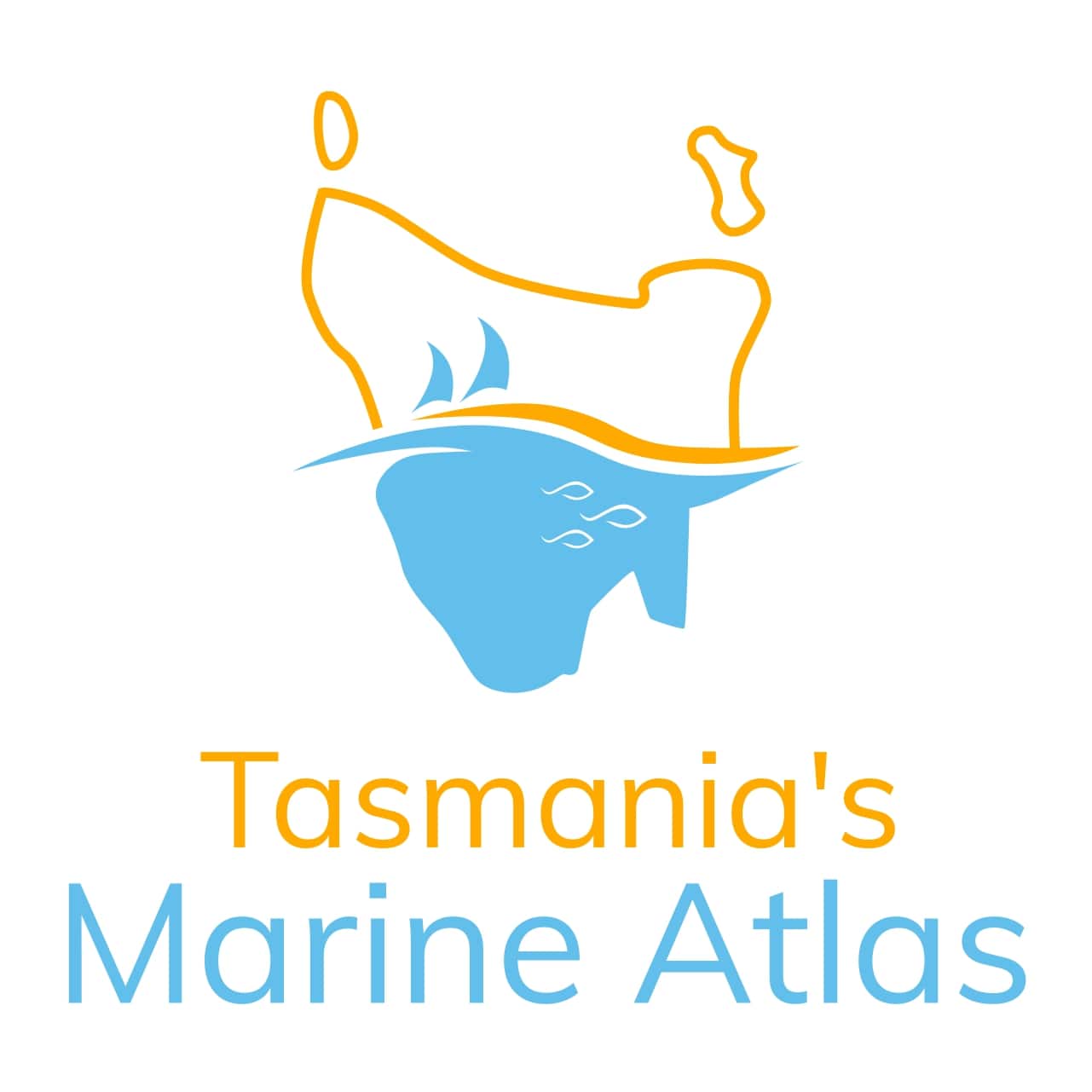EARTH SCIENCE | OCEANS | WATER QUALITY
Type of resources
Topics
Keywords
Contact for the resource
Provided by
Years
-

This dataset depicts the location of the Broadscale Environmental Monitoring Program (BEMP) sites. It was compiled from data provided by EPA Tasmania, IMAS and published reports. BEMP was initiated in 2009 by the State Government to provide knowledge and information on ecosystem function in the D’Entrecasteaux Channel and Huon Estuary. BEMPs have been developed for all marine farming regions. The objective of each program is to document (on an ongoing basis) broadscale spatial and temporal trends for key environmental parameters, allowing assessment of the environmental effects of finfish aquaculture in Tasmania. Marine farming licence conditions include participation in respective BEMPs. The BEMP program initially covered assessment of water column and sediment health at a broadscale level but has been expanded to include inshore reef, deep-reef and seagrass distribution and health. Seagrass monitoring occurs over transects. In this dataset, only the start location is displayed. Sediment sampling includes benthic infauna, stable isotopes, particle size, visual assessment, redox analysis, and sulphide measurements. Visual assessment, redox and sulphide analysis is carried out each year, while analysis of benthic infauna, stable isotopes and particle size is undertaken every four years. In the intervening years these samples are collected, preserved and retained. Water quality analytes include physico-chemical parameters (temperature, dissolved oxygen and salinity), nutrients (dissolved nutrients: ammonia, nitrate, phosphate, and silicate, nutrients: total nitrogen, total phosphorous), chlorophyll a and phytoplankton species counts. Water quality sampling is undertaken monthly from May to January and fortnightly from February to April.
-
This dataset consist of dissolved oxygen (DO) and temperature data collected using HOBO Dissolved Oxygen loggers (U26-001) under FRDC project 2016-067. Loggers are deployed on strings in two locations in Macquarie Harbour, Tasmania.
-
The National Outfall Database (NOD) project addresses the need of government and community to understand the impacts on health and the ocean environment that occur from sewerage outfalls around Australia. This dataset is part of the assessment and mapping of the marine impacts of wastewater disposal to ocean and estuarine waters in Australia. The data collected in this study is intended to be used to assist decision makers to understand risk and prioritise investment, to help the public understand water and wastewater management and make decisions when choosing recreation locations, and private operators seeking to re-use wastewater or products found within wastewater. Each outfall is divided into three levels of data; one (1) being basic information such as location, treatment, governance and size; two (2) being more detailed information taken from publicly available annual environmental monitoring reports, licence and other information; and three (3) containing highly detailed information such as daily performance data and receiving waters ecosystem assessments and studies to enable researchers and others to undertake comparative studies. The data custodian will make a data report and methodology available to provide a full explanation of this database. The National Outfall Database is an online resource available here: https://www.outfalls.info/ The database currently tracks 48 indicators across 192 monitoring sites. The data is also available for download in CSV format in the "online resources" section of this record, and will continue to be updated as new data becomes available (data currently available to 30/06/2022 - last checked 19/01/2024.
 IMAS Metadata Catalogue
IMAS Metadata Catalogue